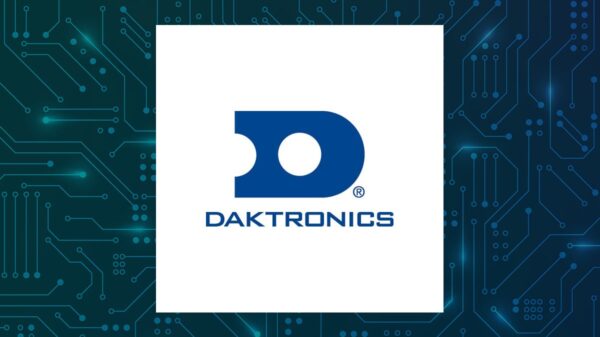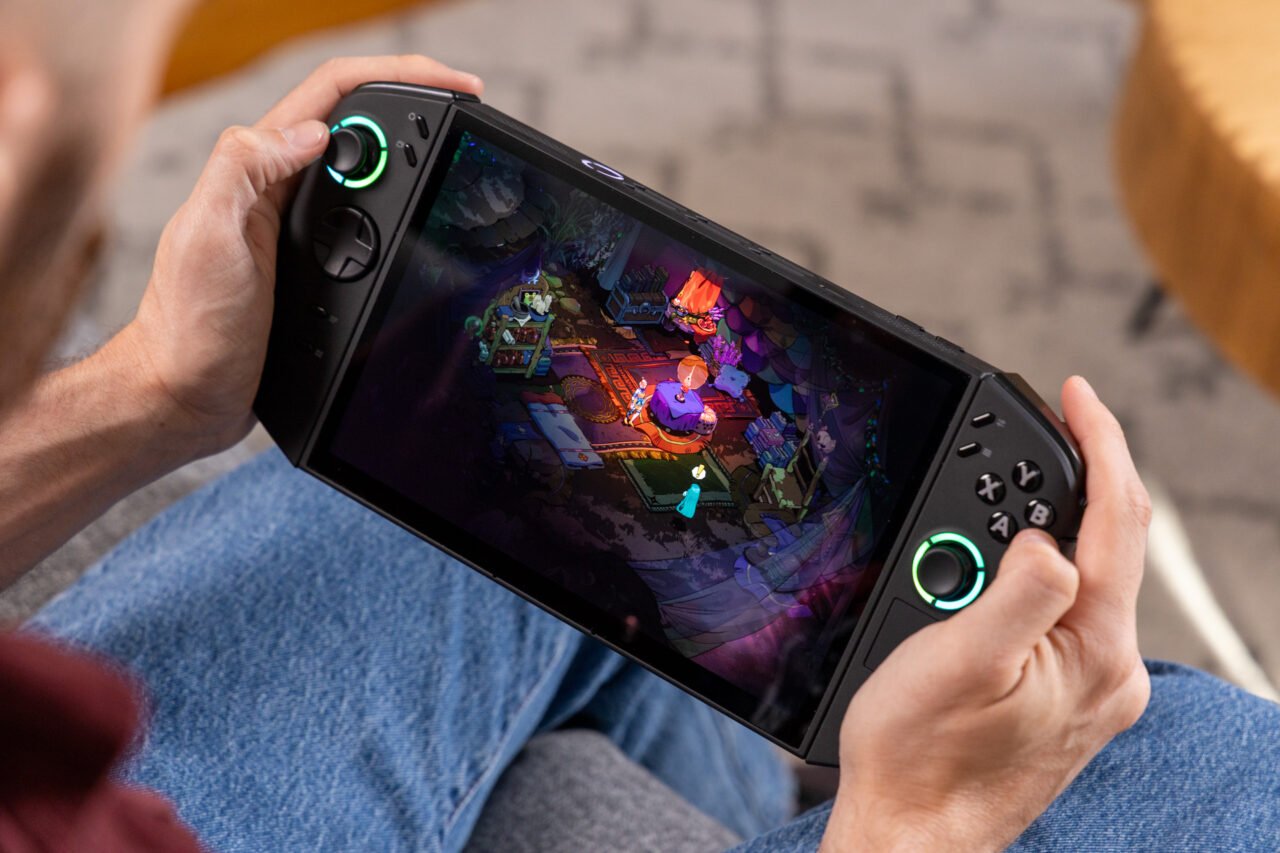BREAKING: The highly anticipated Lenovo Legion Go 2 handheld has officially launched, priced at a staggering $1,350. This new device is designed for gamers who crave stunning visuals on its impressive 8.8-inch, 1200p OLED display. However, its hefty price tag raises eyebrows, prompting many to question its value compared to full gaming laptops.
The Legion Go 2 features the new AMD Ryzen Z2 Extreme processor, offering enhanced performance for a range of games, including Hollow Knight: Silksong and Hades II. Early reviews highlight the breathtaking graphics, but critics point out persistent issues from its predecessor, including ergonomics and control difficulties.
Gamers will find the device heavy and awkward, especially when trying to play in bed or on the go. The removable controllers are cumbersome to attach and detach, a significant drawback compared to competitors like the Nintendo Switch. Despite these issues, users report an emotional connection with the device as they immerse themselves in visually striking games at high refresh rates.
The Legion Go 2’s display offers a remarkable 144Hz refresh rate with variable refresh rate (VRR) capabilities, making older titles look incredibly sharp and fluid. However, with a price point that could buy multiple Steam Decks or even three Nintendo Switch 2s, many are concerned about its affordability and practicality.
Asus is set to launch its ROG Ally X on October 16, priced at $1,000, featuring similar hardware. This development adds further competition in the handheld market, leaving consumers to weigh their options carefully.
While the Legion Go 2 boasts a beautiful display, the structural design has not improved significantly from previous models. The device’s 74Wh battery offers limited playtime, with users reporting about 2 hours and 40 minutes of gameplay on balanced settings. This limitation raises questions about its suitability for long gaming sessions.
Another significant concern is the operating system. Windows on handheld devices has received criticism for its inefficiencies. Lenovo’s current model struggles with background tasks and notifications, impacting battery life and performance. Users may need to wait for the new Full Screen Experience (FSE) update from Microsoft to enhance usability.
As of now, the Legion Go 2 is a visually stunning yet controversial entry into the gaming handheld market. With its high price and mixed reviews, potential buyers are urged to consider whether the experience justifies the cost. As the handheld gaming landscape continues to evolve, all eyes will be on Lenovo and its competitors to see who can deliver the best value and performance in this exciting sector.
Stay tuned for more updates on this rapidly changing gaming technology landscape!





































































